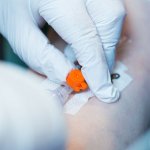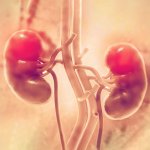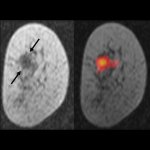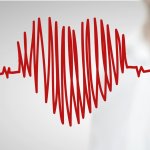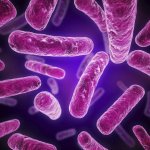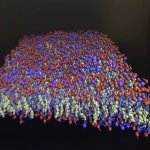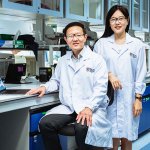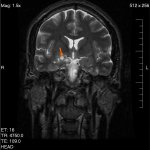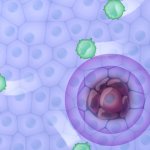
News • "Immune escape"
Cancer camouflage: how our immune system is duped
T cells play a huge role in our immune system's fight against modified cells in the body that can develop into cancer. Phagocytes and B cells identify changes in these cells and activate the T cells, which then start a full-blown program of destruction. This functions well in many cases – unless the cancer cells mutate and develop a kind of camouflage that let them escape the immune system…





